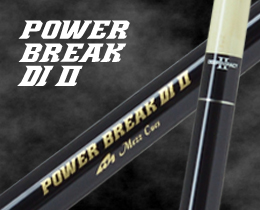sounds like a single persons opinion on the matter or did they test a million players and poll the answersCan't remember where I read this, maybe Predators website.
But I remember it was once said that a 12.4 tip diameter is the most optimal diameter for pocketing balls. while an 11.8 diameter would be more difficult to pocket balls with yet easier to get spin.
seeing how i used an 11.5 most of last yr and played decent with it, pocketing balls and all i dont put much stock on that.
how do snooker players make balls then lol
